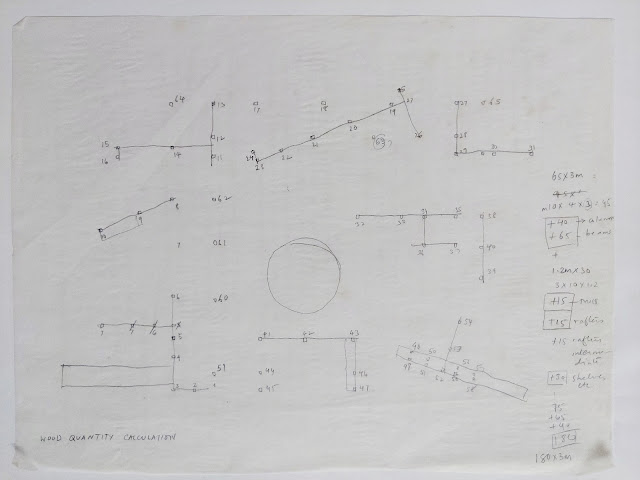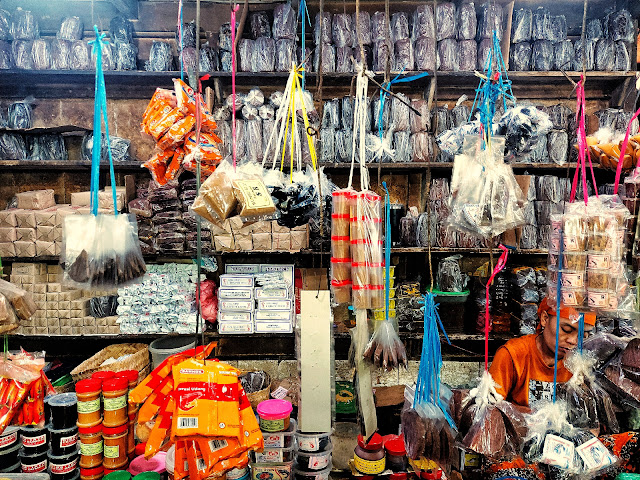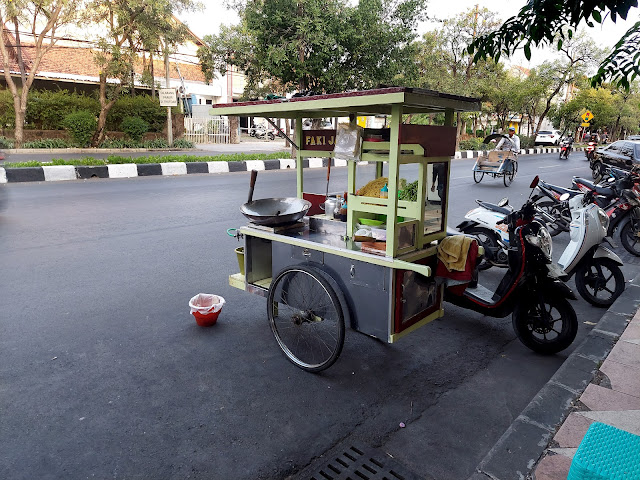Friday, August 09, 2024
Wednesday, August 07, 2024
The Waiting Room


Tuesday, August 06, 2024
The Rhetoric of "World-class"
https://indianexpress.com/article/opinion/columns/airport-roofs-bridges-collapse-india-claims-world-class-infrastructure-9442147/
Published on July 9, 2024, online in Indian Express
read HERE
Monday, August 05, 2024
Surabaya - Part 1
Surabaya is the second largest city in Indonesia, after Jakarta: and this is the most cited introductions you will find about this place everywhere across the internet. It seems to be the financial capital of the country, just like Mumbai. Moving through the city on bikes, cars and foot over ten days, one of the key things I kept thinking was about how it was a city slower than Mumbai, but faster than Goa in India. With a modest scale, largely low rise builtscape, articulate roads, no central intercity mass transit system, clean environments and several pockets of kampungs or urban villages, the city is a safe and warm one. I chose to stay in the central part of Tunjungan in Surabaya which seems to be the most favoured districts by the tourists - evident from the large presence of most hotels, banks and shopping areas in this area, including the famed Majapahit Hotel founded in 1911 in Dutch design, that has also been a site of staging the freedom movement. Tunjungan was clearly the city centre. I was visiting Surabaya to put up an exhibition at the Airlangga University for the upcoming ICAS13 conference, organised within the city where about 1500 scholars working on subjects of humanities in Asia would gather.
As I walked along the streets on the first day with the young yet-to-be interior designer, and our production assistant for the exhibition Tasya (Caccu), I could not help but notice the cast iron manhole covers that kept occurring on the pavements at regular intervals, bearing the mark of a shark and a crocodile. Tasya cursorily informed me that in traditional language, suro meant a shark, while boyo meant a crocodile. The shark and the crocodile always face each other almost in a floating dance of sorts. These are not simply to indicate sea creatures that the city is along, rather, a considered historical reading will help you index them to not only a regal dream, but also a battle of Surabaya fought during the Indonesian national revolution. In Javanese, "sura ing baya", means "bravely facing danger," which is one of the genealogies of the city name. Another close etymology says it is derived from the Pali words - 'sura' - or 'asura' alluding to beliefs and 'bhaya' alluding to danger. Jayabaya, a 12th century psychic king foresaw a fight between a giant white shark and a giant white crocodile taking place in the area. The two animals are further thought to represent the conquest between the troupes of Mongol ruler Kublai Khan of China, and those of Javanese monarch of the Majapahit empire during 1293.

Small distances may seem long drawn while moving on wheels in Surabaya due to the one-way road regulations across most of the city. While they make the movement smooth and fast, they also make the city a notch difficult for the pedestrian since crossing the roads comes as the risk of wading through past moving bikes and cars. Grab, Gojek and allied mobility services exist for non vehicle owners and cover the city quite efficiently. Due to such conditions, one doesnot see density of walkers on the pavement. Infact, such side spaces in the city get claimed as picnic spots over the evenings by young people circled around small shops three wheeled shops, or some call them the "five legged" shops in Jakarta (three points of rest of the shop, and two legs of the shopkeeper). As the sun sets, youngsters lay small mats and sit along the pavement eating and sipping ice tea.
Surabaya has a lot of street food. There are several warkops and warongs that sell affordable food in a wide variety of vegetarian and non vegetarian along with allied savories. Several of these often spill out into semi open spaces where people sit, gather, or take quick halts for catching up on a meal, coffee or chat. These spaces remain open throughout, and some of these warkops remain open throughout the night. Several young people access these late night, and the city remains quite safe in the dark. Food in Surabaya is more flavourful than China, using a wider variety of spices. Rice and fish remains principal, although one can find enough vegan options. (Disclaimer: In Surabaya, eggs are largely considered vegetarian, and fish / shrimps will be in most fried rice). Surabayans like sweetness in most foods. So, a gado gado (kind of salad) will be sprinkled with sweetened peanut sauce as much as the benin coconut water that will have its own dose of sugar/syrup. (Never had I ever had coconut water with sugar). The vegetarian foods will principally dubbed into mushrooms and tofus, but there is also tempe made out of soya bean seeds which is quite nice.
One of the things that the internet doesn't alarm the Indonesia-visitor is that there are full chances that despite getting a local sim card, it may not work on your phone. This is simply because your phone IMEI numbers need to be registered with the country's system to authorize your bandwidth usage. Unless you go to a service centre (garabari), and get this registered with your passport, the plan you purchase will not be activated on your phone. This process may take up about 15 to 20 minutes. While the local shops sell much efficient and cheaper plans, they may be unable to register your IMEI. However, at the airport, you shall find counters where such a service is available along with the local sim cards for a higher price. Should you be able to wait, you can get this done once you are in the city. A provider such as telekomsel should serve better for it may have more service centres across the city. I was able to figure the issue through my friend Dushyant who had recently visited the country and faced a similar issue. While he wasn't able to explain me the the situation, his wisdom of not lending me his sim card, and its loose explanation stayed with me, which made sense only when I ran around to get the issue sorted for myself in the city.
Becha is an old form of vehicle carrying two passengers over short distances today. The rider sits behind pushing the passengers sitting in the front through the cycle pedals. While much city has transitioned into the motorized vehicles, the becha is still available in some parts of the city, primarily the kampungs where perhaps it survives its last generation. Some of these humble ones are even motorized. Nevertheless, these are certainly becoming cultural vestiges of this place.























































